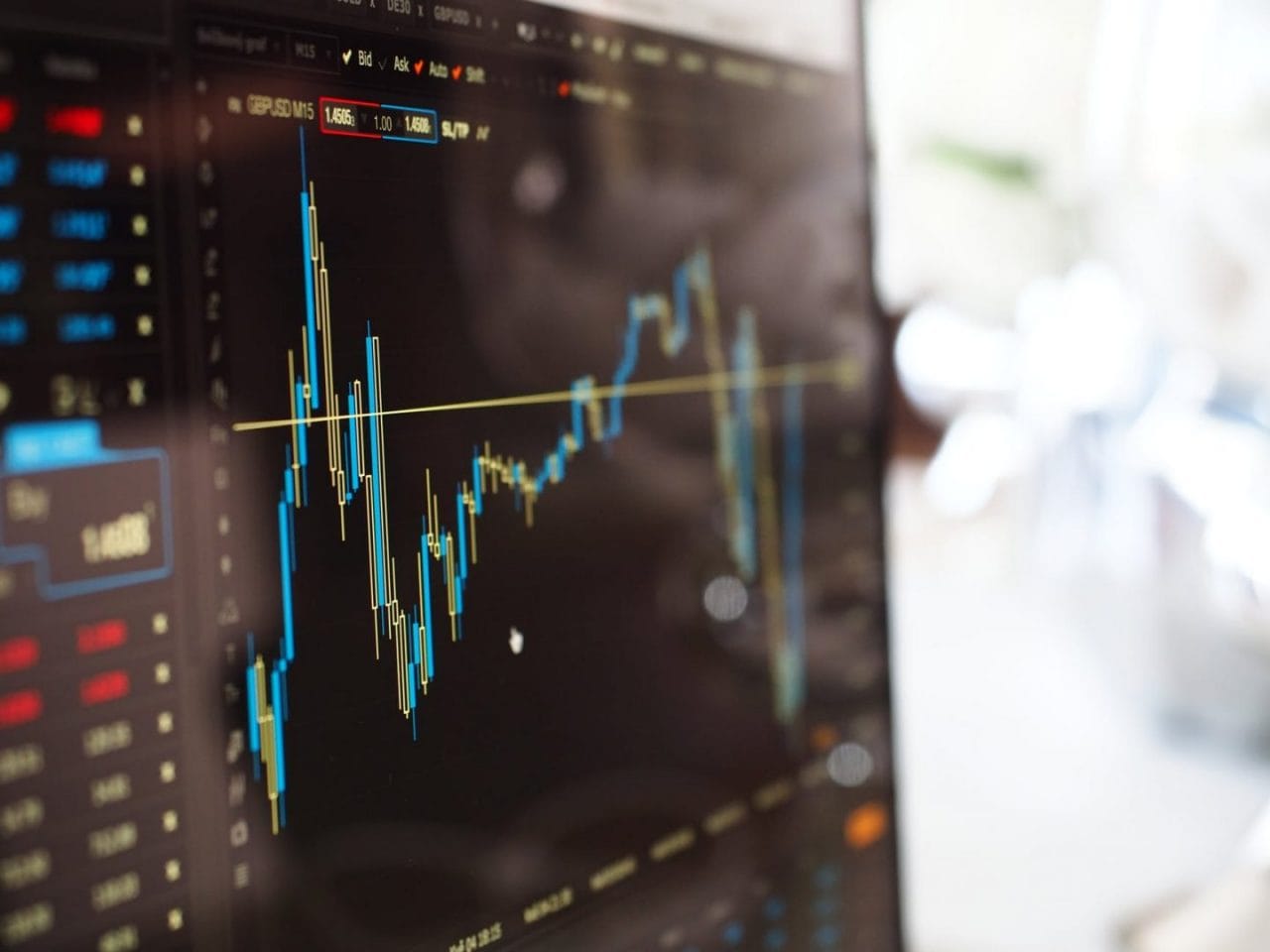
With Bitcoin prices rising an average of $100 every day since the start of July, gaining over 40 per cent in value in just over three weeks our cryptocurrency expert Bob Loukas, has provided a key trading tips. As the founder of Bitcoin.Live, the educational cryptocurrency platform for traders, Bob believes that this might be the end crypto distrust, and invites traders to utilize this spike and give trading a go.
1. Trade the Trend
“The trend is your friend” may be the most widely used truism in investing…and it’s directly applicable to the study of Cycles. With Cycles, we attempt to identify significant Lows that mark the start of new trends. If you always trade with the trend and never trade against it, you’ll significantly increase your odds of trading success.
Trading a trend with Cycles is fairly straightforward in concept – if a longer-term Cycle is moving up, buy the troughs of a shorter Cycle; if a longer-term Cycle is moving down; sell the tops of a shorter Cycle.
2. Work for Optimal Trade Entries
Optimal trade entries are those that occur when the underlying asset is finding its Investor Cycle Low. These lows occur 2-3 times per year, generally after frightening drops, and most often in concert with major, trend-changing events. Trade entries at these lows typically have strong risk/reward profiles.
3. Stop Losses
Each position must have a stop loss. Know when to cut your losses and never be afraid of missing a rally. If the position is going against you, get out and regroup. Leaving a trade with a small loss is easy but allowing a small loss to balloon into a large one is inexcusable and sets the scene for a catastrophic loss in a portfolio. Too many investors stubbornly hold onto losing positions rather than admit that price did not move as they thought it would.
4. Protect Capital First…Then Worry about Winning Trades
A natural extension of #3, protecting capital is the single most important step in wealth management. All the winning trades and associated gains are worthless if you give them all back through a few lousy portfolio-busting trades.
Avoiding losses is about letting go of the idea that each trade must be a winner. Once you understand that you won’t, can’t and don’t need to win every trade – and that missing a rally is just fine – you’ll be able to exit trades without regret while losses are still small. And if you ensure that your losses are small, you can be successful with only modest winning trades.
5. Position Sizing
Keep your positions in check relative to your overall portfolio size. Learn to fully understand each trade, especially its setup and probability of success. Since no two trades are alike, you should adjust your position size according to the risk/reward profile of each trade. Also, be sure to track your trading results – when you’re doing well you can be more aggressive and when results have been mixed, you should trade more modestly.
6. Leverage and Options
Unless you’re a true expert, avoid significant leverage. The only times you should consider leverage or options are at the beginning of new Secular or Investor Cycles. This is because the odds of success are the greatest at these key Cycle Lows. Plus, a nearby Cycle low offers a tight stop.
7. Investing with a Plan
Trading without a plan is a proven losing strategy. Whether you follow the Market Cycles via The Financial Tap or some other system, you must always have a plan in place which includes trade size, conditions for entering a trade, and reasons for exiting a trade. Think through them all in advance so that, no matter the market conditions, you’ll know how to respond. Also make sure to ask yourself some key questions: “Why am I buying/selling here? Does this fit my plan/strategy? Am I likely to question the trade (for non-plan compliance) in the future?”
Trades go against investors all the time, even when the trades were entered via a well-defined strategy and according to a preset plan. Losing trades are normal – they are the price of trading. Losses provide you with the opportunity to tweak your strategy and improve your plan.
8. Treat Investing Like a Business
In order to be successful, one must approach trading and investing as a business and not as a hobby. Investing should be one of the most important aspects of your life, right after spirituality, family, relationships, and personal healthcare. You’ve likely spent years working to earn your wealth; you need to treat your wealth with the respect it deserves.
Understand what you’re investing in, why you’re investing, and what your expectations should be. Never solely rely on an online service, advisor, index fund, or wealth manager. Take control of your personal financial future, get educated, and understand where every dollar of your wealth is invested.
9. Don’t Force a Trade – Wait For an Optimal Trade Setup
Even the most experienced investors have to fight the urge to trade unnecessarily. For a variety of reasons, investors generally overtrade…and thereby greatly diminish their overall returns.
It’s better to wait for an optimal trade setup – one that fits your trading plan; These trades have much greater probability of success than trades taken impulsively. Over time, taking higher probability trades will provide a much higher winning percentage and far greater portfolio returns.
10. Trade within Your Means
Trading is as much about avoiding significant losses as it is making gains. Significant losses are difficult to overcome and can directly affect your quality of life. There are NO shortcuts to financial success and the freedom it affords. Success in the markets must be earned. Only trade with money that you can comfortably lose. Never trade with borrowed money (credit cards/line of equity/margin), have patience, and be realistic with your expectations.
This is an article provided by our partners’ network. It might not necessarily reflect the views or opinions of our editorial team and management.
Tradersdna is a leading digital and social media platform for traders and investors. Tradersdna offers premiere resources for trading and investing education, digital resources for personal finance, market analysis and free trading guides. More about TradersDNA Features: What Does It Take to Become an Aggressive Trader? | Everything You Need to Know About White Label Trading Software | Advantages of Automated Forex Trading




































